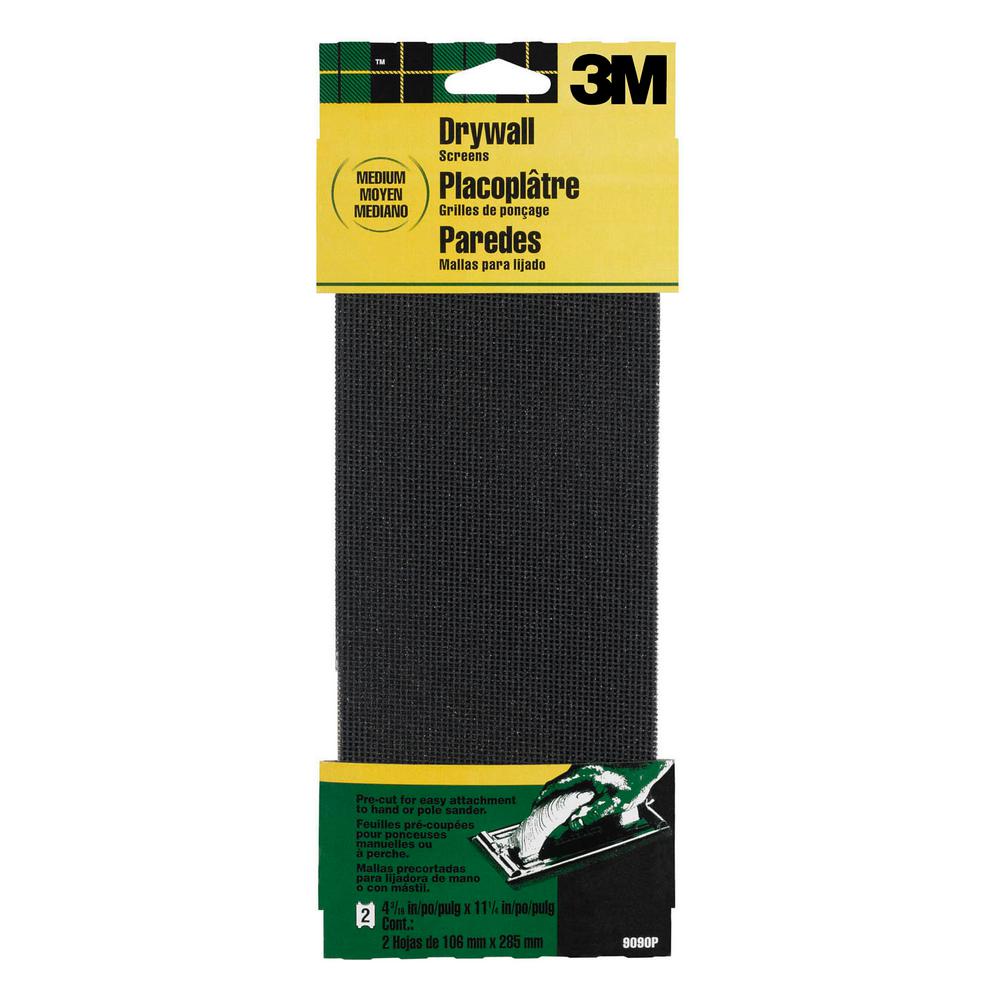gaetanocarpinelli
GC24
- Joined
- Apr 7, 2020
- Messages
- 18
- Reaction score
- 4
Hello everyone, I bought a 220 grit Naniwa flattening stone a few months ago and I've been using it a couple times on my Shapton Pro 1500 with fairly disappointing results... The Naniwa seems to be doing its job since I can see the slur created by the Shapton as it wears down but when I go and measure it to see if it got back to a nice flat profile I can still see that the stone is dished! Has anyone had this problem before? Or do you know what's the issue here?







